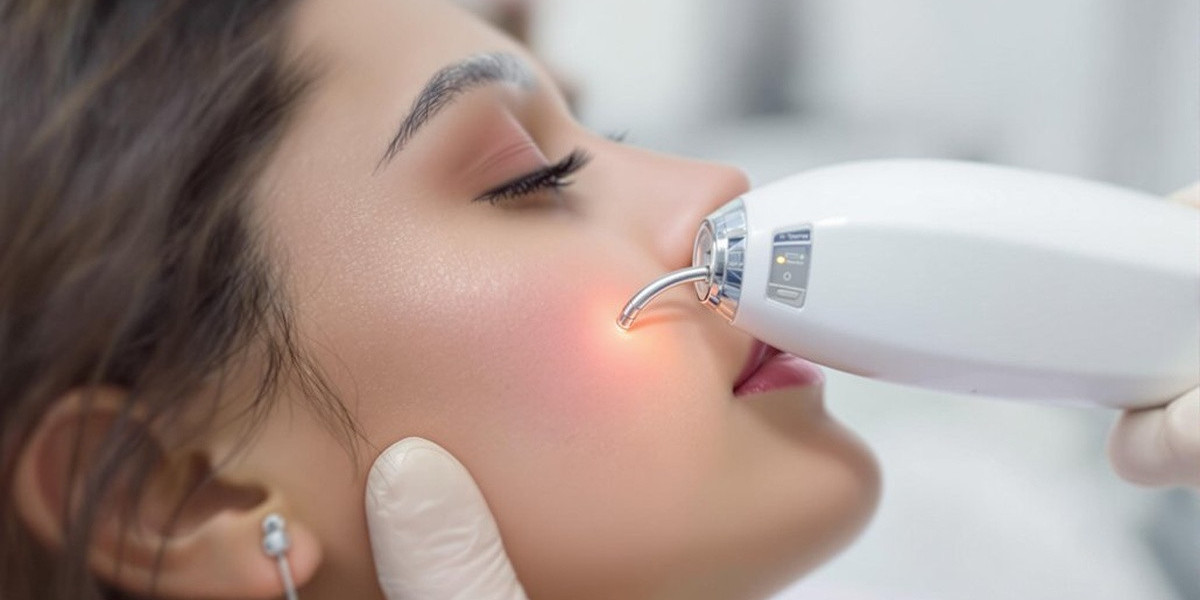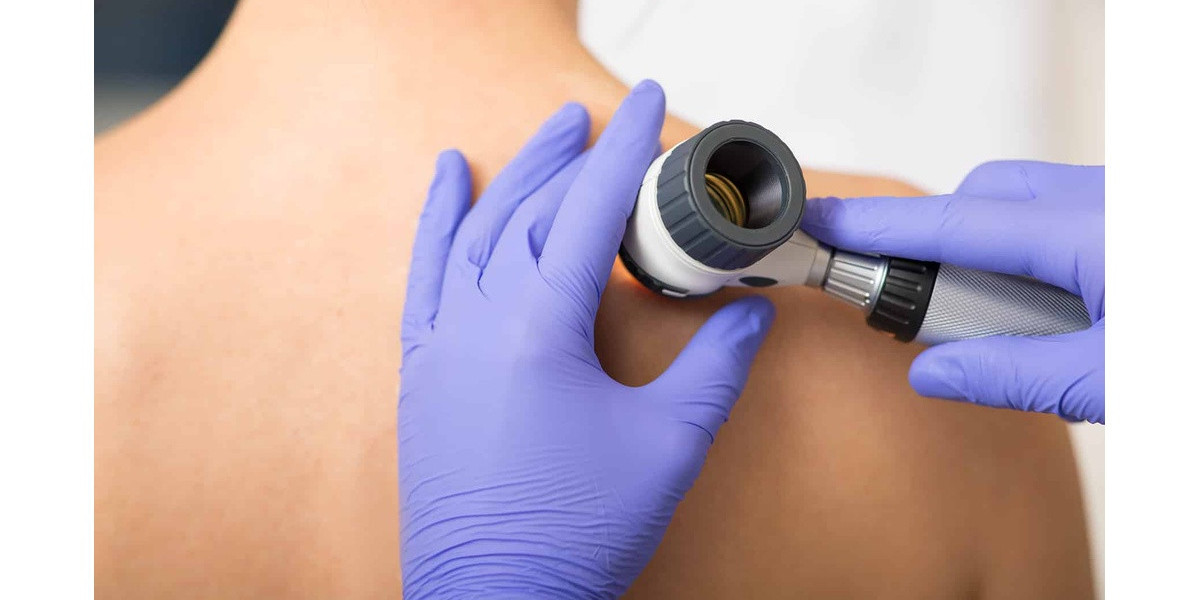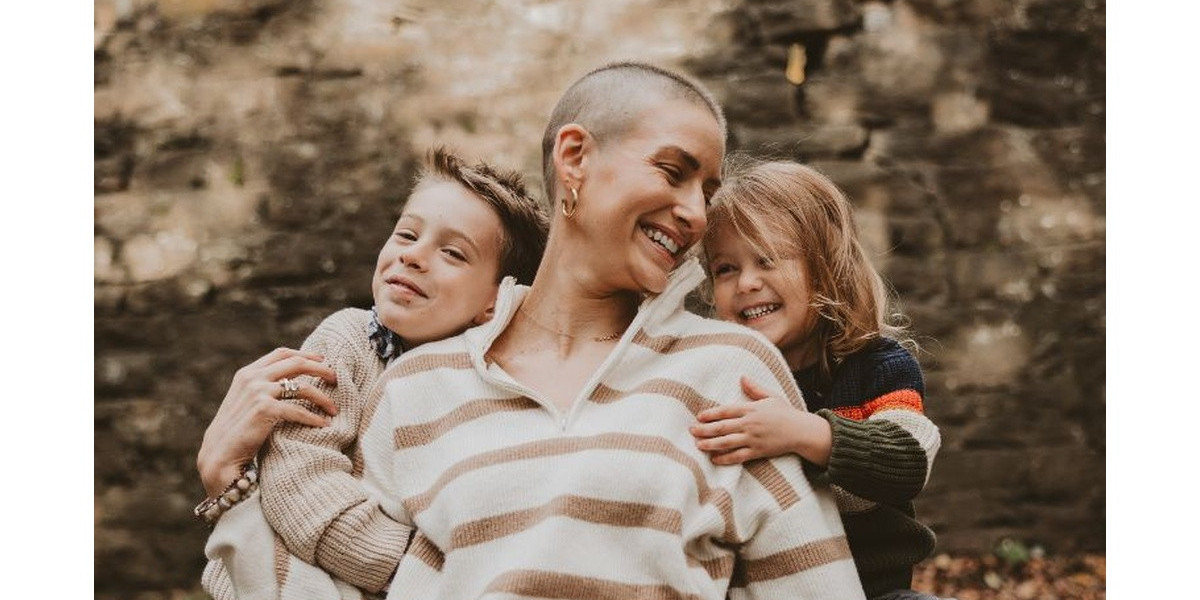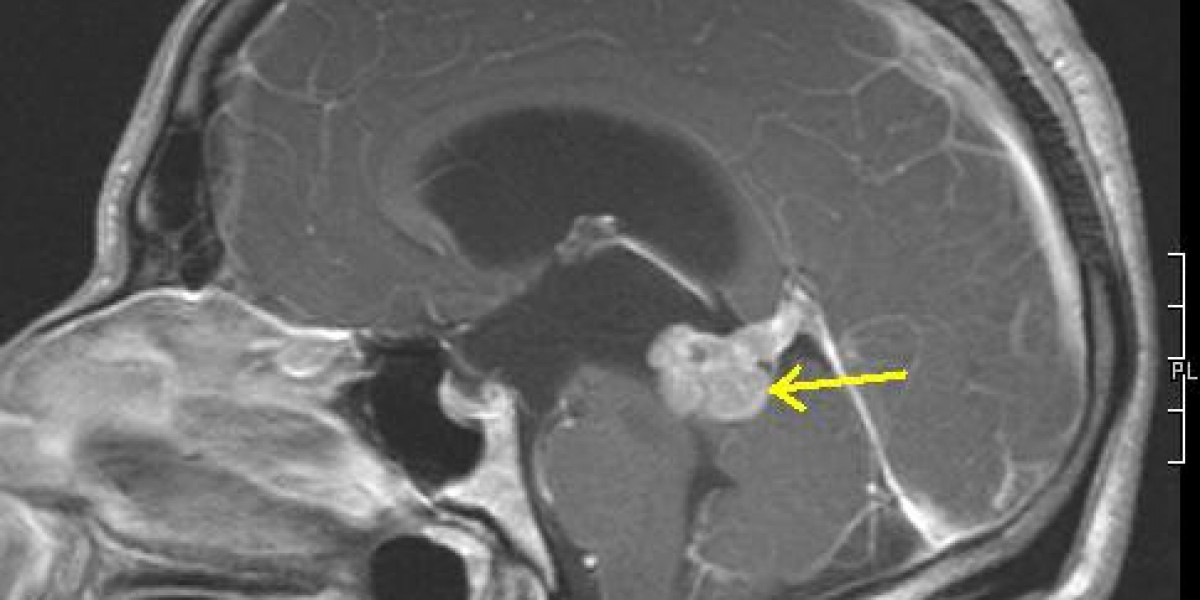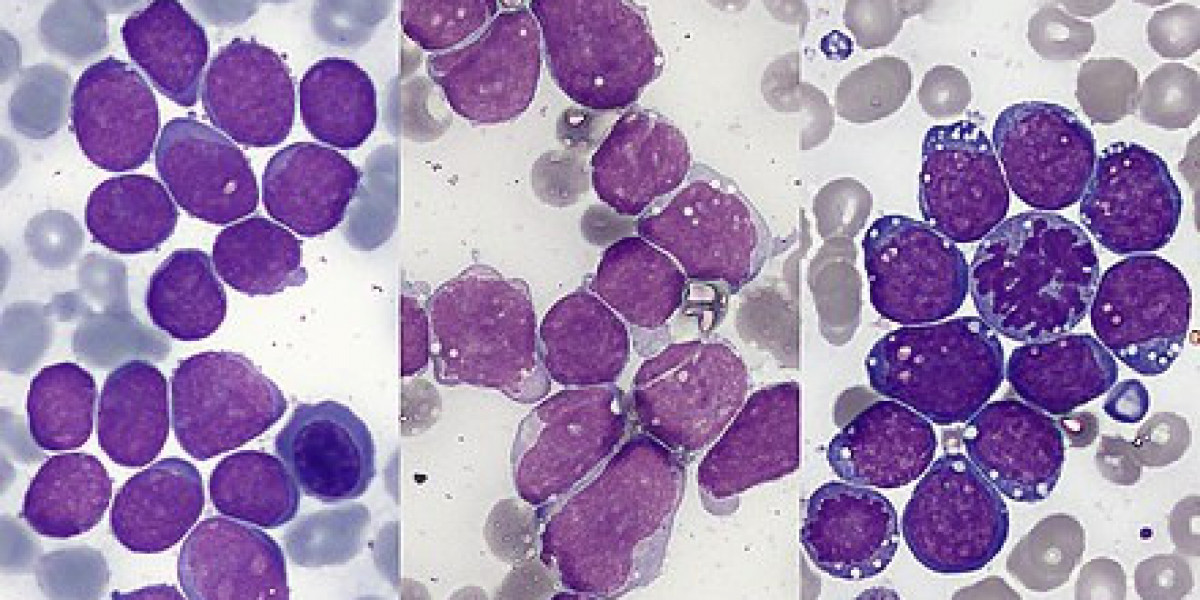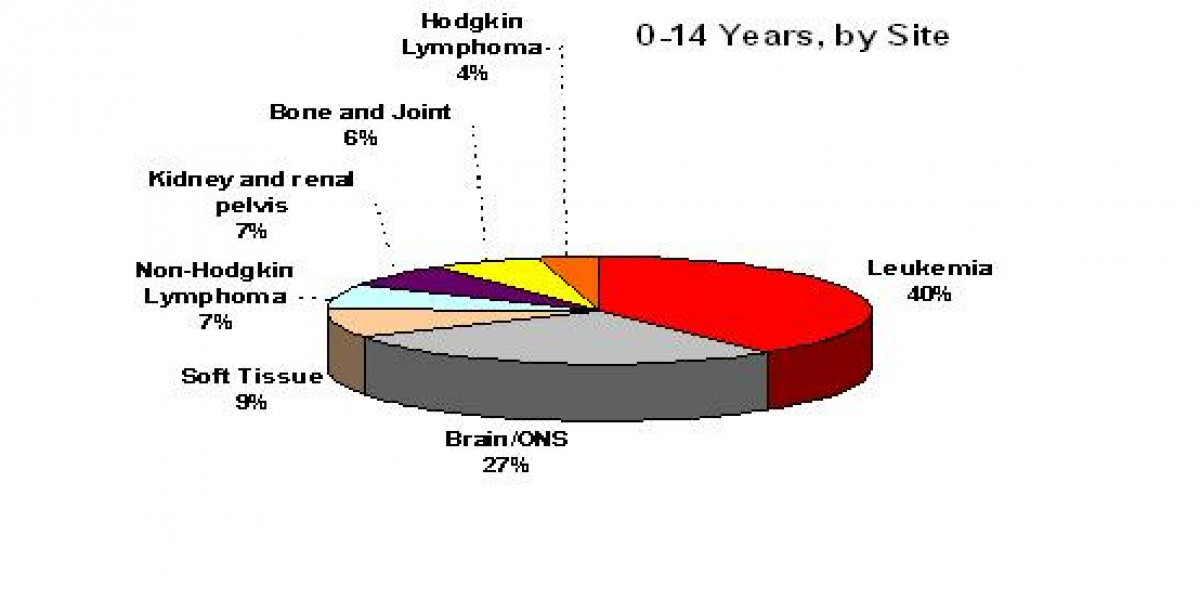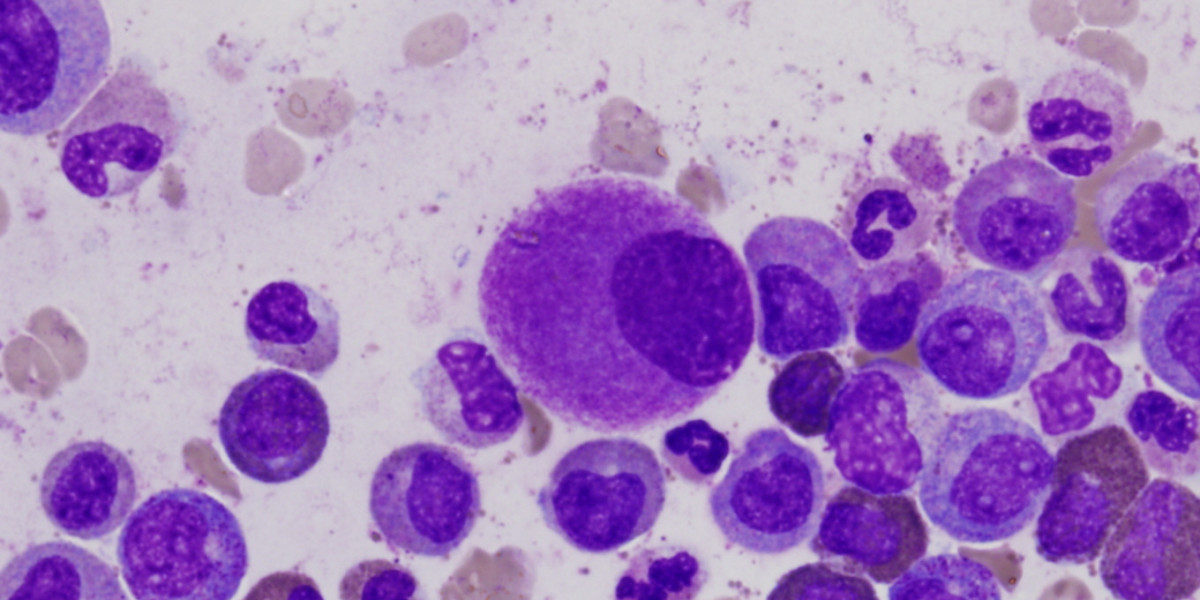Posted by: Skin And Cancer Institute in Medical Dermatology
Both brachytherapy vs. superficial radiation therapy (SRT) offer excellent non-surgical options for non-melanoma skin cancer, with cure rates exceeding 90%. Brachytherapy excels for facial tumors with superior cosmetic outcomes, while SRT works well for superficial lesions. Your choice depends on tumor location, size, depth, and insurance coverage. Treatments typically take 5-10 minutes over 1-2 weeks with minimal downtime. Understanding these differences will help determine your most effective treatment path.
While non-melanoma skin cancers (NMSC) represent the most common malignancies worldwide, they fortunately offer excellent prognosis when detected and treated early. At the Skin and Cancer Institute, we diagnose and treat over 5 million NMSC cases annually, with basal cell carcinoma (BCC) and squamous cell carcinoma (SCC) being the most prevalent types. The incidence of these cancers has increased by 33% from 2007 to 2017, reaching 7.7 million cases globally.
Current treatment guidelines prioritize several approaches based on tumor characteristics and patient experiences. Surgical excision, particularly Mohs surgery, remains the gold standard with cure rates exceeding 95%. However, we recognize that some patients prefer non-invasive options. Superficial Radiation Therapy (SRT) offers a compelling alternative with a 99.3% cure rate for early-stage tumors, requiring no recovery downtime. For advanced cases when standard treatments fail, immunotherapy provides additional options for our patients.
At the core of modern skin cancer treatment technologies, Superficial Radiation Therapy (SRT) and Electronic Brachytherapy (EBX) represent distinct approaches that deliver targeted radiation with remarkable precision.
SRT mechanisms utilize low-energy X-rays (50-100 kV) administered via applicators positioned just above the skin’s surface. This allows us to concentrate radiation specifically on epithelial layers containing cancerous cells. Radiographers carefully position patients on a radiotherapy couch to ensure precise targeting of the treatment area. Through energy modulation, we adjust voltage based on tumor characteristics—50 kV for thin lesions and 100 kV for thicker growths up to 5 mm.
These technologies excel in treating basal cell carcinoma and squamous cell carcinoma in cosmetically sensitive areas. We’ve found that the standard protocol of 4,500-5,500 cGy delivered twice weekly provides ideal therapeutic outcomes while minimizing damage to surrounding healthy tissue.
Evidence-based comparisons reveal significant differences in efficacy across treatment modalities for various skin cancer types. Our treatment comparisons show SRT achieves impressive long-term outcomes with 94.4% 5-year cure rates for BCC and 92.7% for SCC. Electronic brachytherapy delivers even higher complete response rates at 96.25% for BCC.
For challenging locations, HDR brachytherapy demonstrates exceptional efficacy, particularly for head and neck cancer types, while maintaining minimal skin toxicity. Both treatment approaches maintain low recurrence rates (under 7%) at one year regardless of cancer type. Patients receiving brachytherapy consistently exhibit better cosmetic outcomes than those treated with external beam radiation therapy.
The most appropriate treatment depends on tumor depth, location, and history. At the Skin and Cancer Institute, we’ll help you navigate these options based on your specific diagnosis.
We’ve observed that both brachytherapy and superficial radiation offer exceptional cosmetic outcomes with minimal scarring compared to surgical excision. These radiation therapies preserve natural appearance in highly visible areas like the face and ears, maintaining functional integrity around delicate structures such as eyelids and lips. The non-invasive nature of these treatments helps patients retain normal tissue contours and symmetry while avoiding reconstructive procedures that might otherwise be necessary. Superficial Radiation Therapy delivers low-energy x-rays directly to the skin’s surface, making it particularly effective for preserving the aesthetic appearance of treated areas.
When considering treatment options for skin cancer, the minimal scarring benefits of brachytherapy offer significant advantages for patients concerned about their appearance. This targeted approach delivers radiation directly to the tumor site with minimal soft tissue damage, resulting in minimal visible scarring, particularly for superficial lesions less than 5mm deep.
We’ve observed that brachytherapy achieves a 95% “good” cosmesis rate compared to external beam’s 79%, with reduced discoloration and texture changes. It’s particularly valuable for cosmetically sensitive areas like the face and ears where preserving natural appearance is vital.
The cosmetic recovery process is typically faster with brachytherapy, requiring fewer sessions (5-7) versus superficial radiation’s 10-20 visits. Most patients experience only temporary erythema that resolves post-treatment, with a lower risk of keloid formation than surgical excision. Brachytherapy is especially beneficial for treating tumors in cosmetically sensitive areas where surgery might compromise appearance or function.
For patients concerned about preserving facial aesthetics while effectively treating skin cancer, both brachytherapy and superficial radiation therapy offer significant advantages over traditional surgical approaches.
Brachytherapy advantages include superior cosmetic outcomes, with studies showing 95% “good” cosmesis rates compared to conventional radiation’s 79%. This targeted treatment excels in preserving skin texture and pigmentation while reducing long-term scarring.
Superficial radiation minimizes surface reactions during treatment, potentially speeding cosmetic recovery. Both methods preserve critical facial features and mobility—particularly important for eyelid and eyebrow function.
At Skin and Cancer Institute, we recognize the importance of maintaining your appearance. These non-surgical options are especially valuable for treating cancers in cosmetically sensitive areas like the nose, ears, and periorbital regions, where surgical excision might compromise both appearance and function.
Understanding the treatment process for both brachytherapy and superficial radiation therapy (SRT) helps patients prepare mentally and logistically for their skin cancer treatment journey.
At our practice, brachytherapy sessions typically last 5-10 minutes each, with patients completing 10-15 sessions over 1-2 weeks. This represents a notably shorter time commitment than traditional external beam therapy. For superficial applications, we use custom molds placed directly on the skin, while deeper tumors may require interstitial methods with inserted tubes. During your treatment, you will be positioned comfortably on a treatment bed, often with a special stability pillow to help maintain the correct position.
SRT follows similar treatment expectations with comparable session lengths but offers simplified setup procedures. Both treatments allow immediate resumption of daily activities with minimal restrictions—a key consideration when planning your time commitments. Superficial treatments require virtually no downtime, making them convenient for busy schedules.
Selecting the ideal radiation modality depends on a complex interplay of tumor characteristics, anatomical considerations, and patient-specific factors.
For cosmetic outcomes, brachytherapy excels in sensitive areas like the face or genitals, achieving superior results with 95% good cosmesis. Tumor characteristics matter greatly—small, superficial lesions (5-10mm depth) respond well to superficial radiation, while deeper tumors benefit from brachytherapy’s precision. Age factors and patient health influence choices too; older patients with mobility limitations often prefer superficial radiation’s shorter 2-3 minute treatments. Treatment logistics favor superficial radiation for those unable to commit to brachytherapy’s catheter placement. Technology considerations include radiation depth requirements—superficial radiation uses lower energy beams ideal for surface layers, while brachytherapy delivers targeted doses to preserve adjacent structures.
When considering skin cancer treatment options, the financial landscape of brachytherapy versus superficial radiation therapy (SRT) presents significant variations that patients must navigate. Our cost comparisons reveal that Medicare reimburses approximately $465.11 for a standard 5-fraction SRT course, while brachytherapy can be more economical, costing roughly half as much as external beam radiation for comparable treatment plans.
Insurance trends show Medicare covers both modalities under specific guidelines, though private insurers may prioritize cost-effectiveness. While Mohs surgery with reconstruction remains the most expensive option ($1,221), treatments like cryosurgery ($143) and 5-fluorouracil ($186) offer more affordable alternatives. A thorough cost-effectiveness analysis is recommended when selecting between these treatment options for basal cell carcinoma.
At Skin and Cancer Institute, we’ll help you understand these financial considerations while determining which treatment aligns with your clinical needs, lifestyle, and coverage.
We encourage continuing most of your daily routine during radiation treatment. You’ll only need minor activity modifications like avoiding harsh physical labor and protecting treated skin during outdoor activities.
We don’t have specific age eligibility restrictions for either treatment. Our recommendations depend on your overall health status, tumor characteristics, and personal treatment considerations rather than chronological age alone.
We’ll typically see treatment timeline results within weeks for brachytherapy, with result variations depending on location and tumor size. Both treatments offer excellent outcomes but healing times differ considerably.
Yes, we can often retreat previously treated skin cancers. Our retreatment options consider prior radiation exposure, tumor response, and tissue condition to maximize treatment effectiveness while maintaining safety for our patients.
We typically see skin irritation and redness that may persist for weeks. Some patients experience treatment fatigue, while long-term effects can include pigmentation changes, thinning skin, and visible blood vessels.
We’ve explored how brachytherapy and SRT offer excellent alternatives to surgical skin cancer treatment . Both deliver impressive cure rates while preserving aesthetics and function. Your best choice depends on your specific diagnosis, cancer location, and personal circumstances. We’re committed to guiding you through this decision process, utilizing our expertise to match you with the treatment that aligns with your medical needs and quality of life considerations.
Call us to speak to a member of our patient service center.
Skin and Cancer Institute operates 40+ locations throughout California, Nevada, and Arizona! Our practices are conveniently located in and near major counties and cities such as Los Angeles , Las Vegas and Phoenix . Our practices offer a wide variety of dermatology services including skin cancer treatments and cosmetic procedures utilizing various types of lasers.
Copyright © 2025 Skin And Cancer Institute, All Rights Reserved.
Terms & Conditions | Privacy Policy | Accessibility Statement
Originally published on Skin & Cancer Institute: https://skinandcancerinstitute.com/brachytherapy-vs-superficial-radiation/
